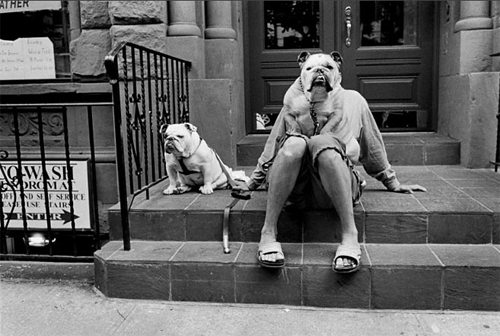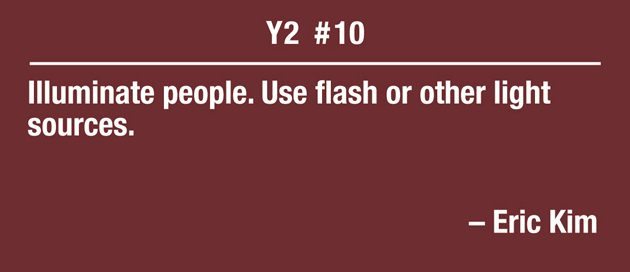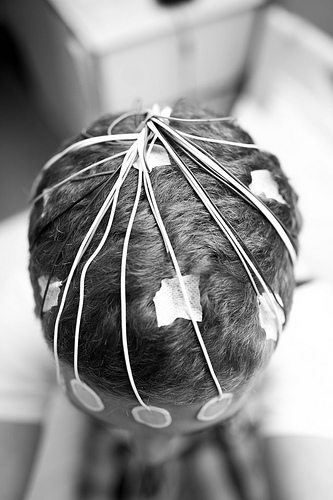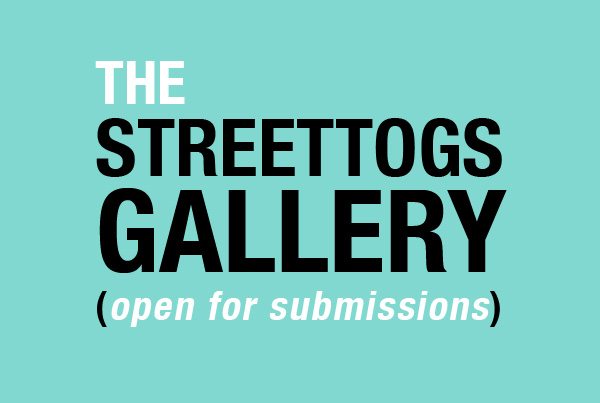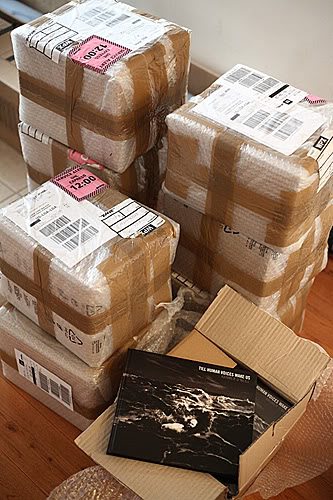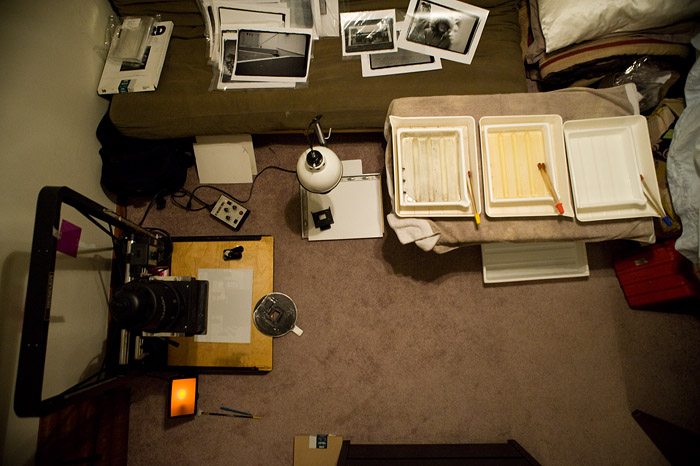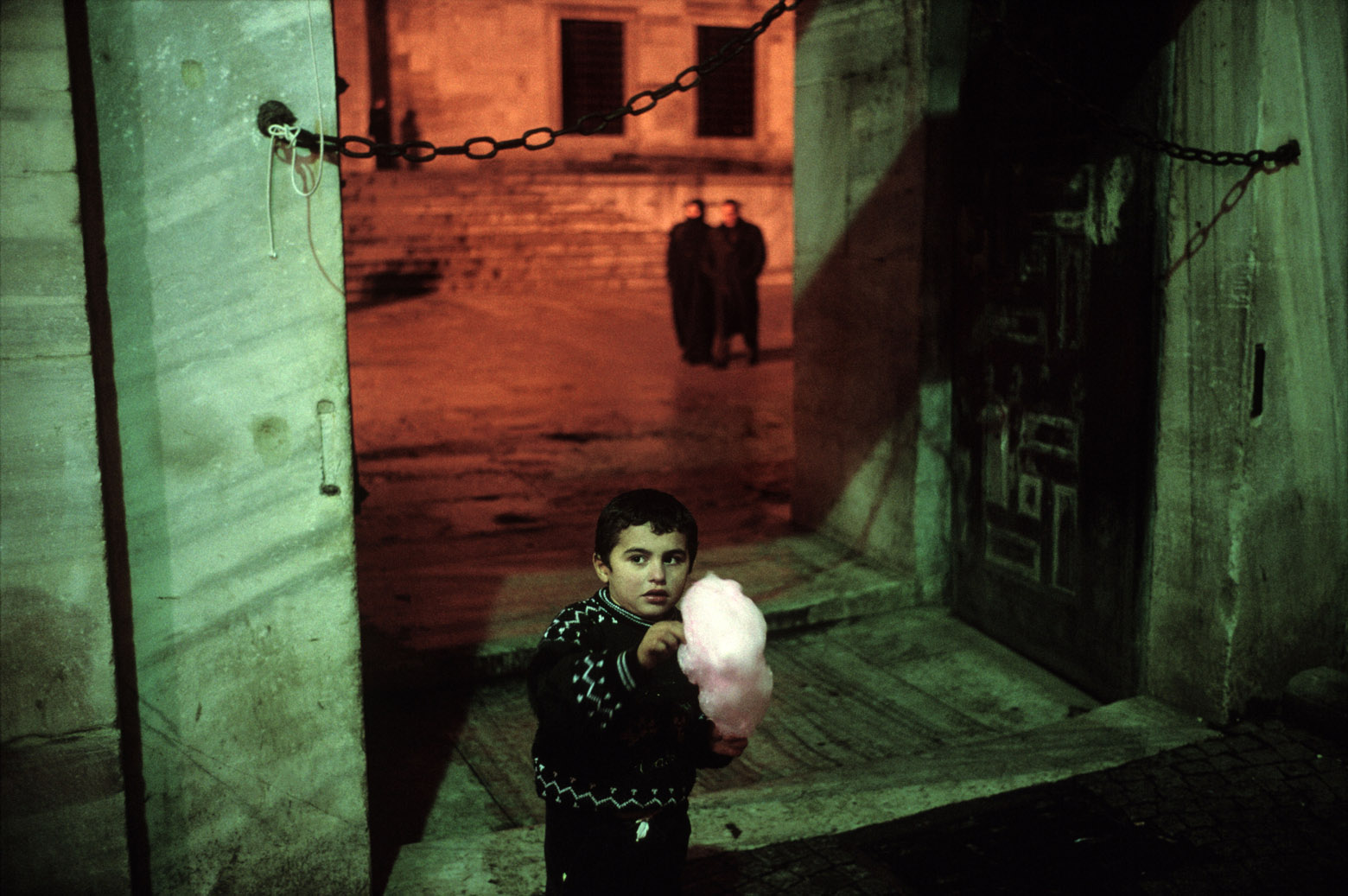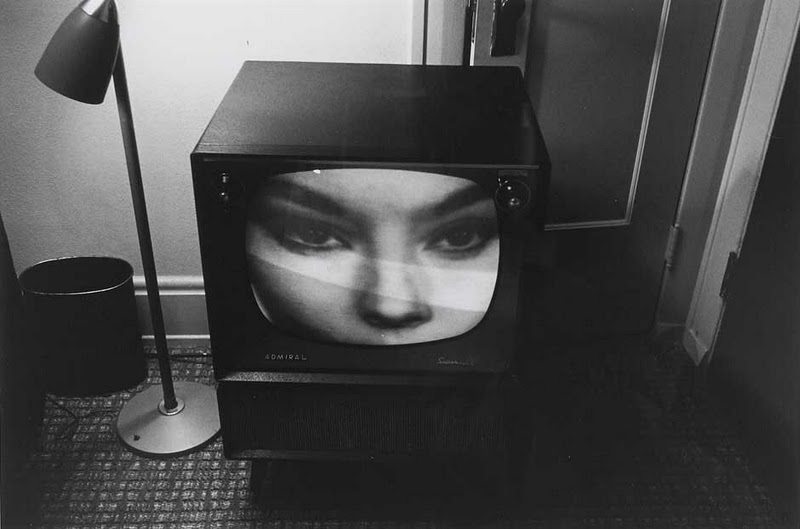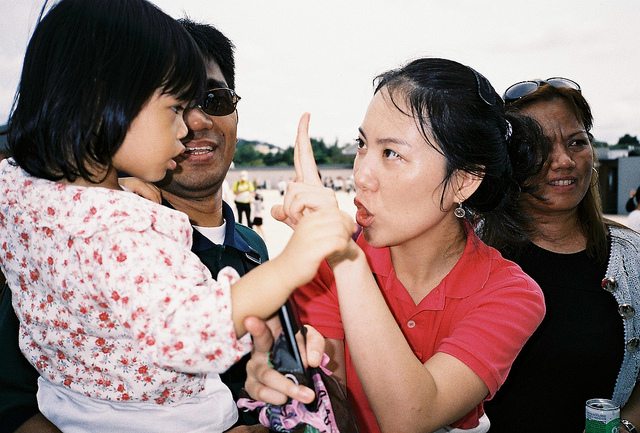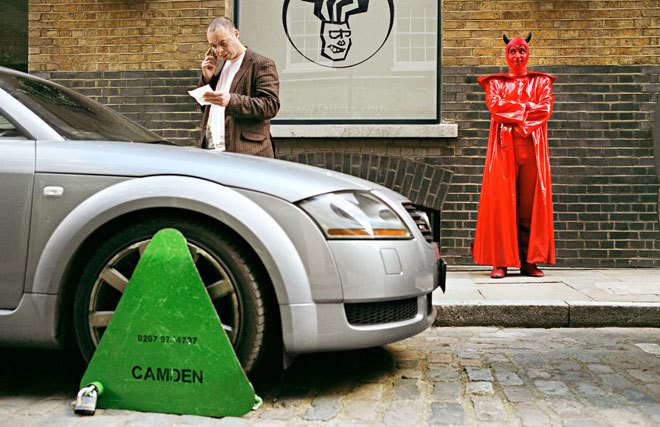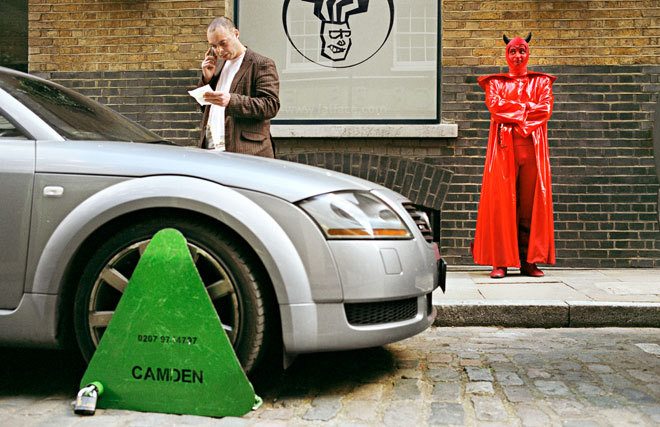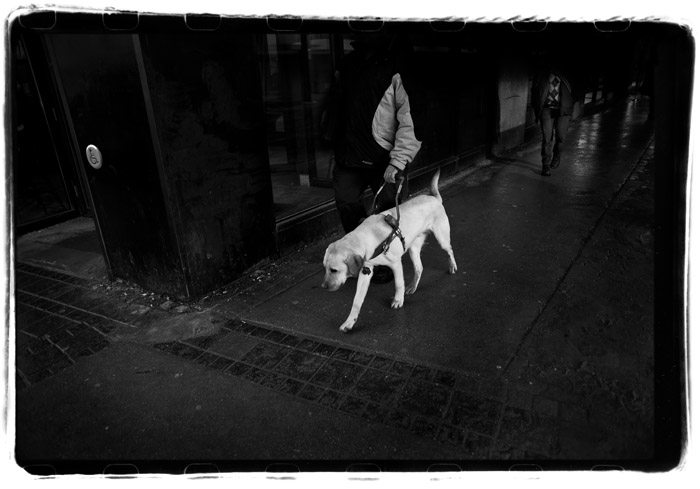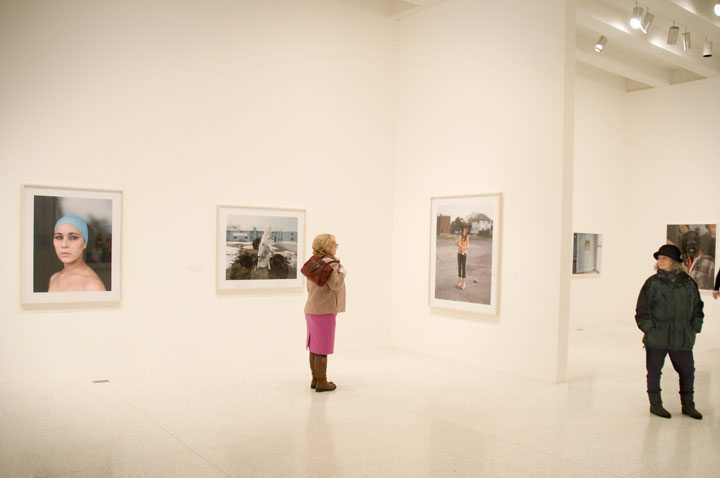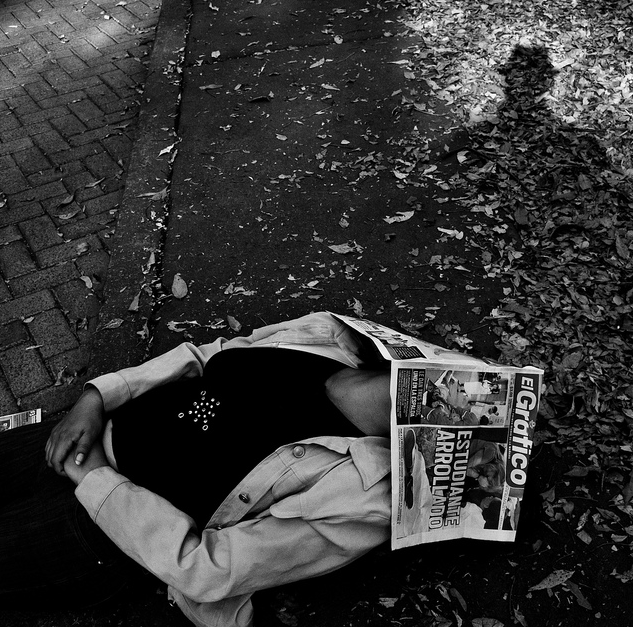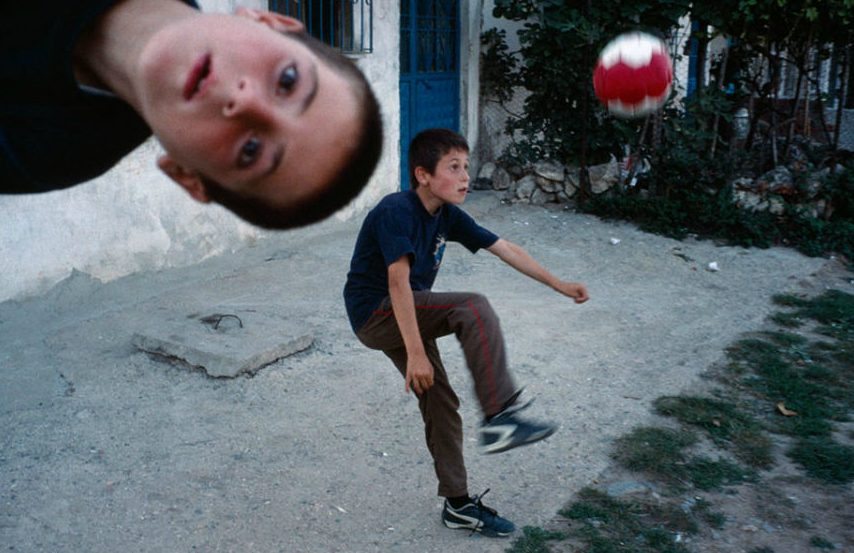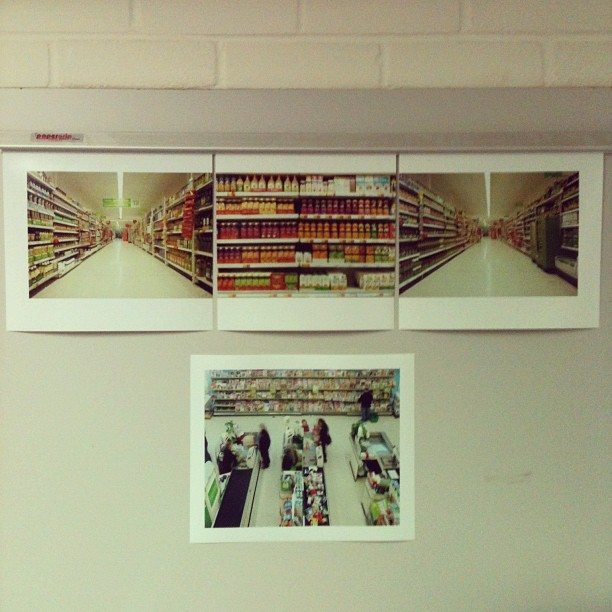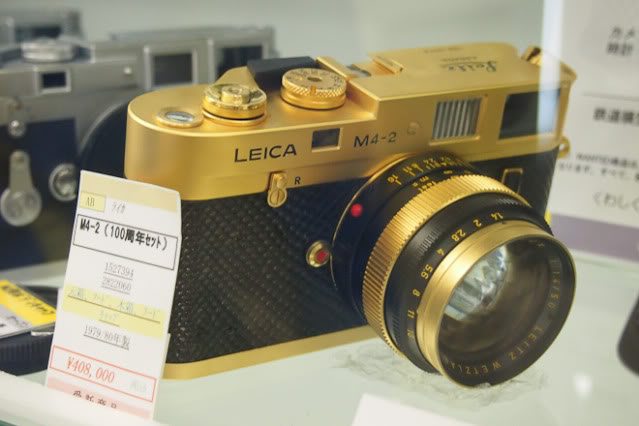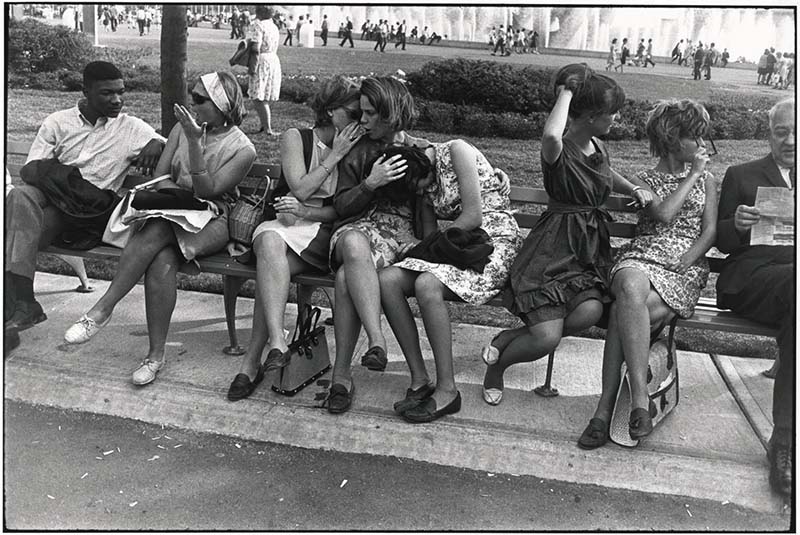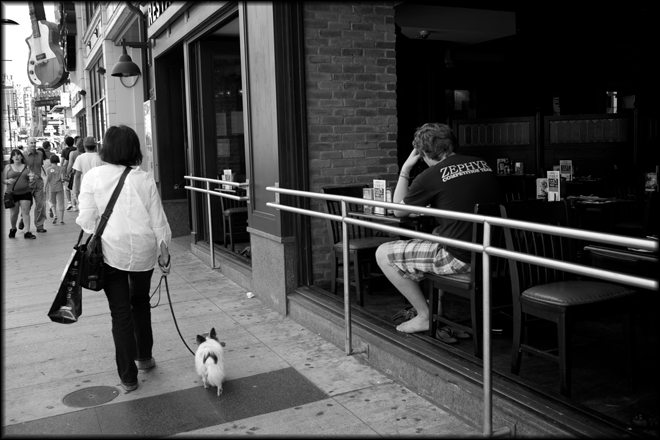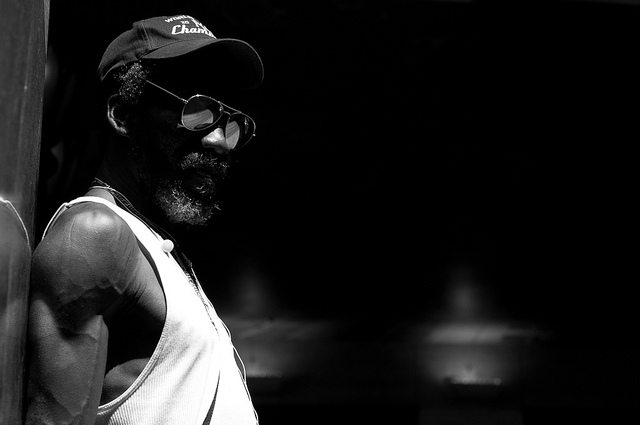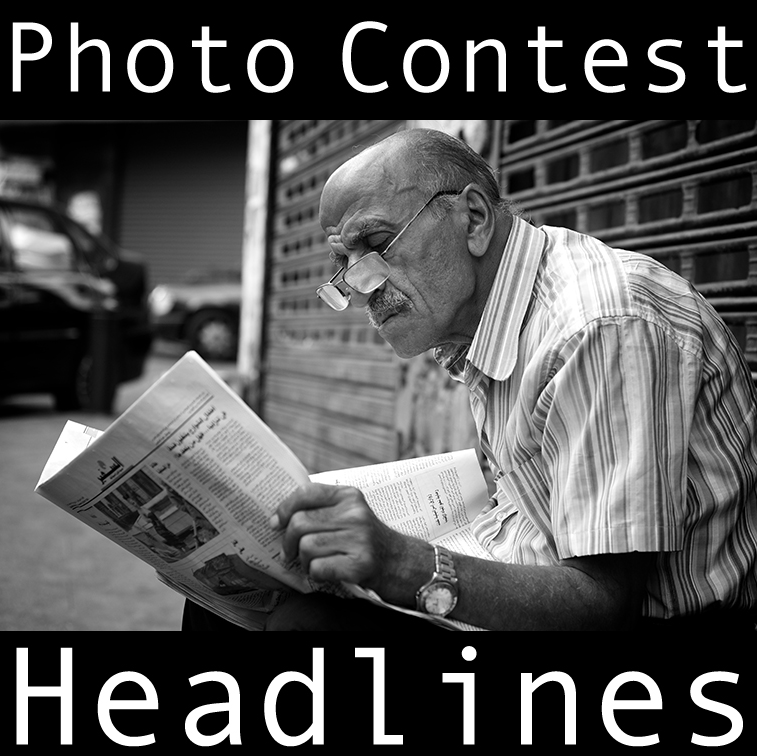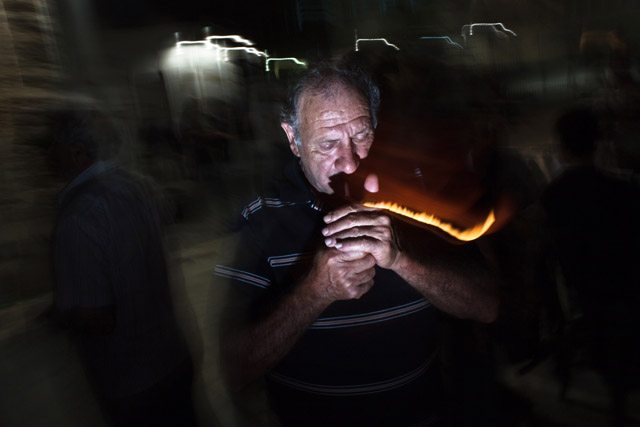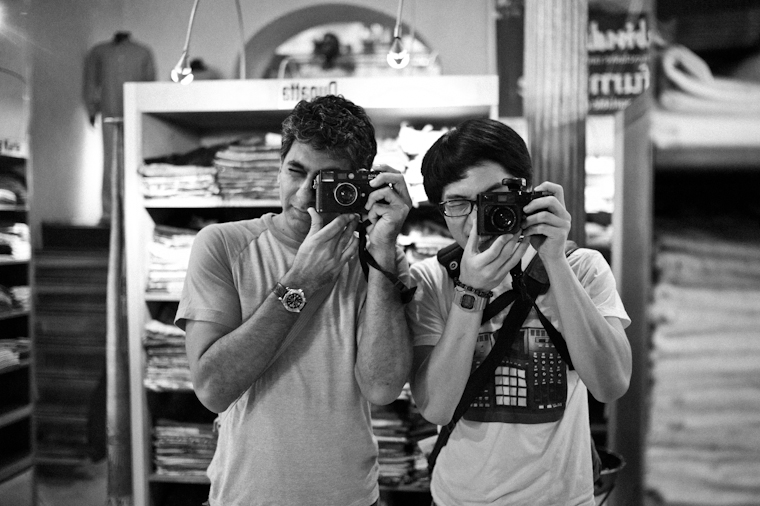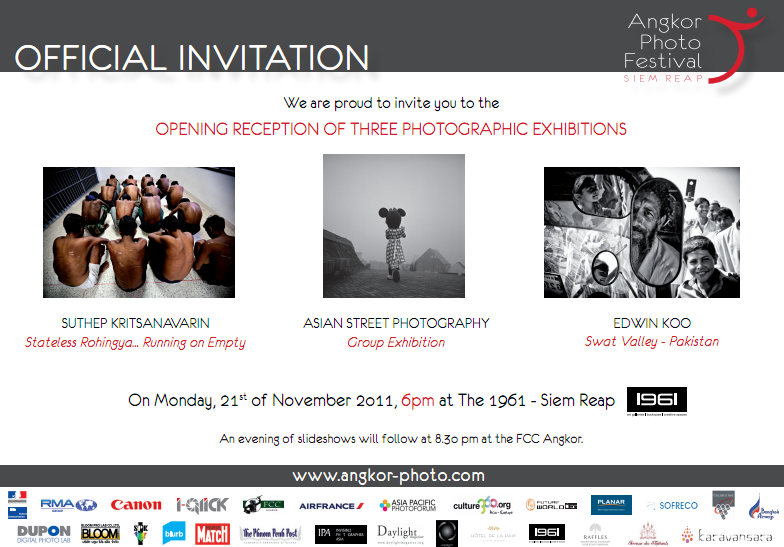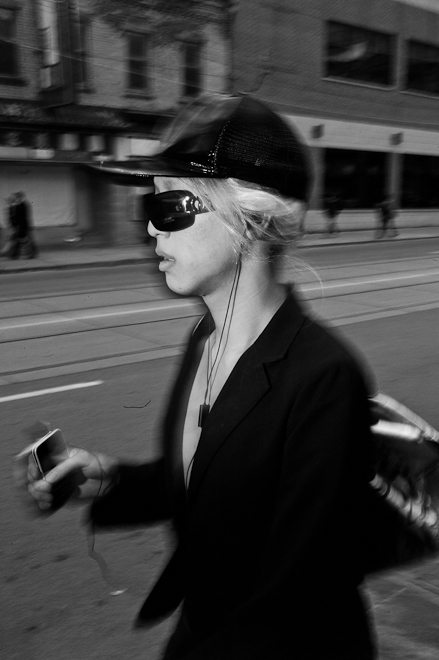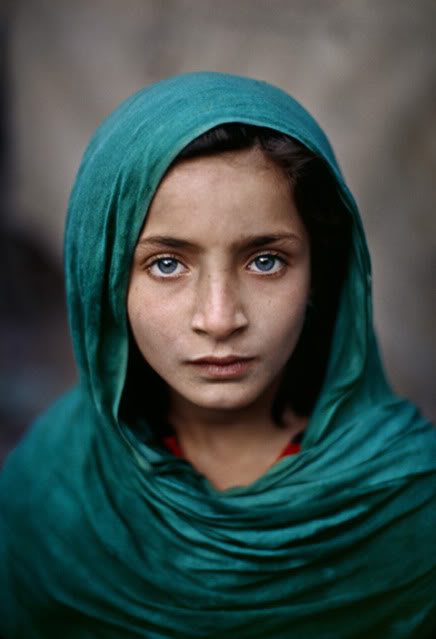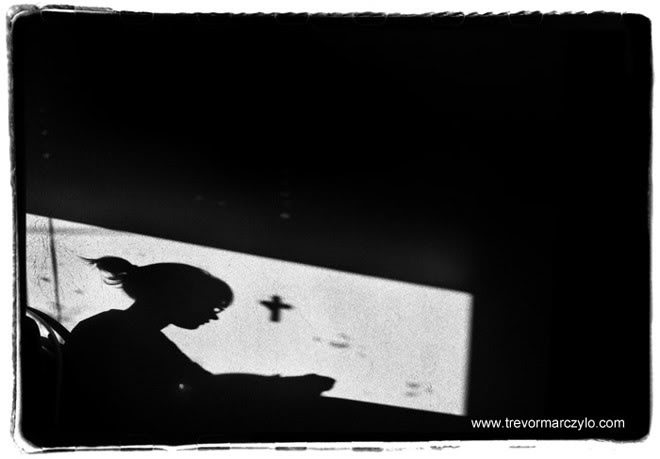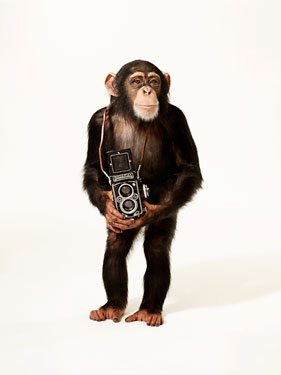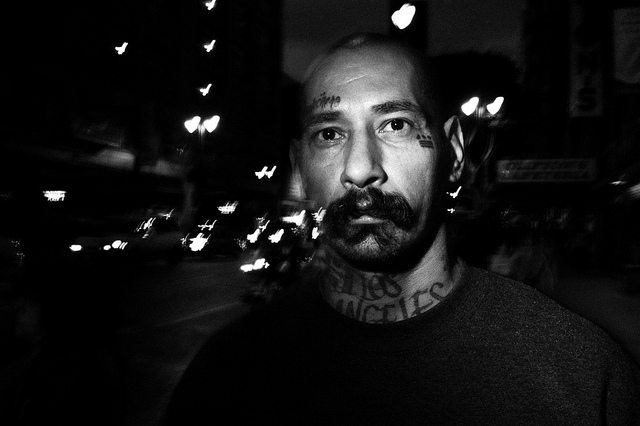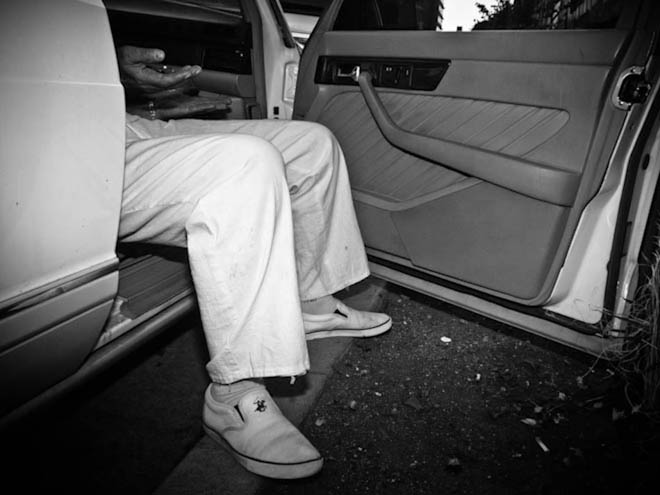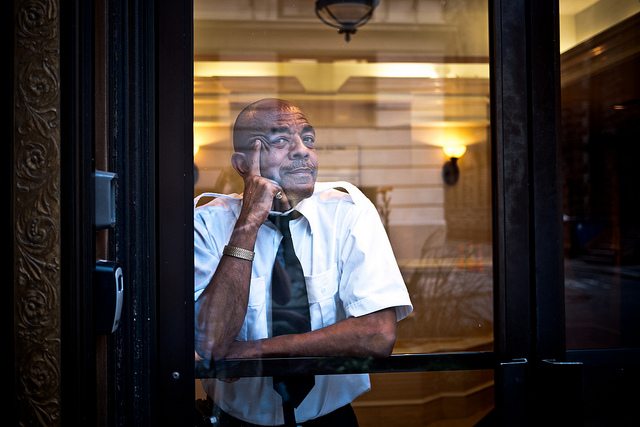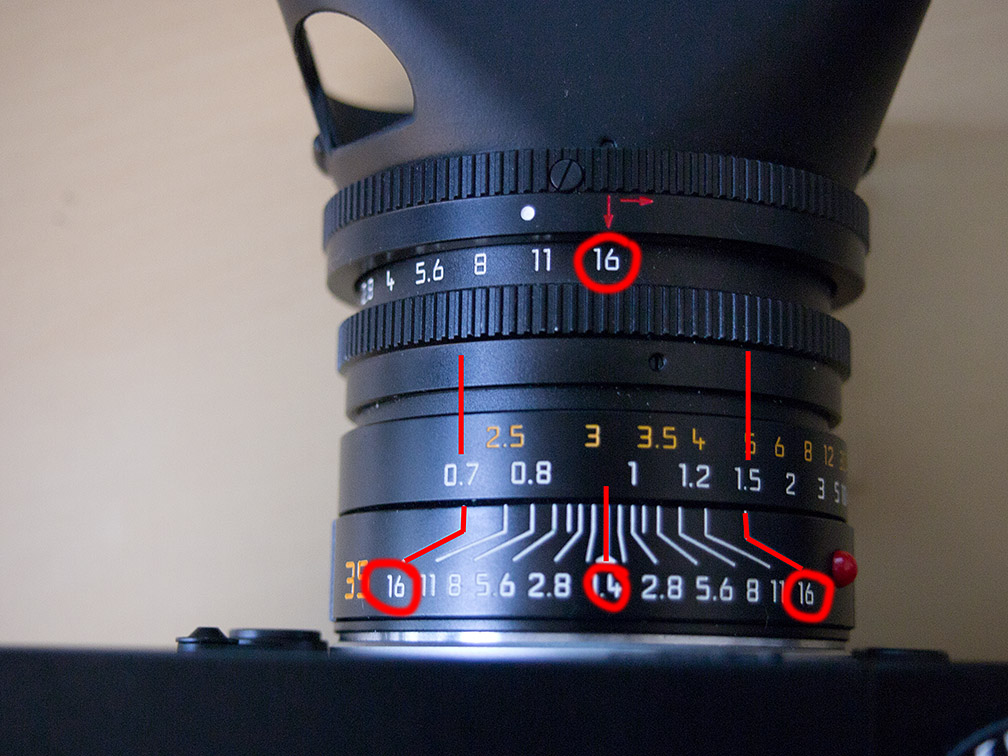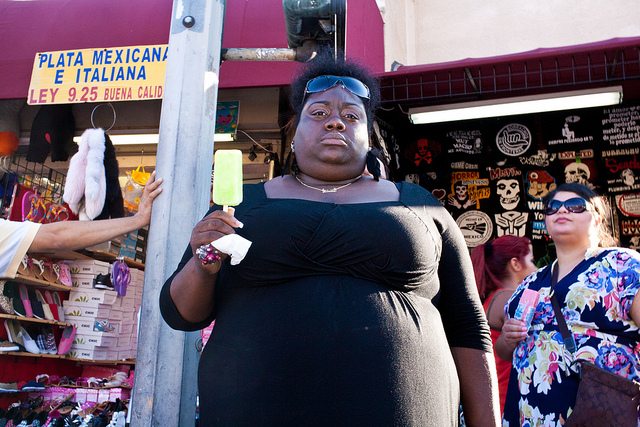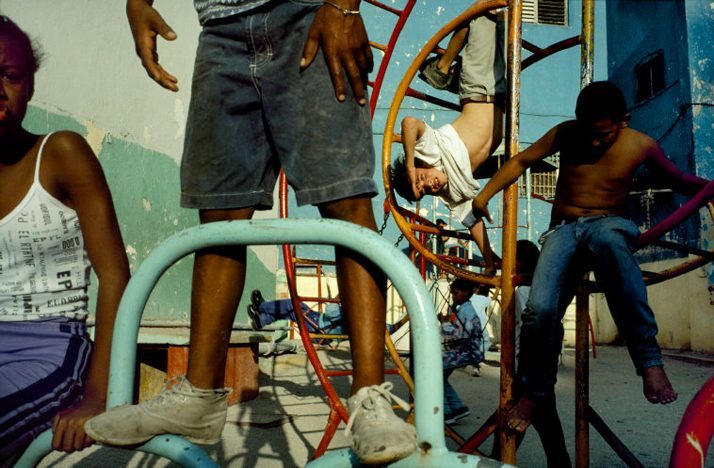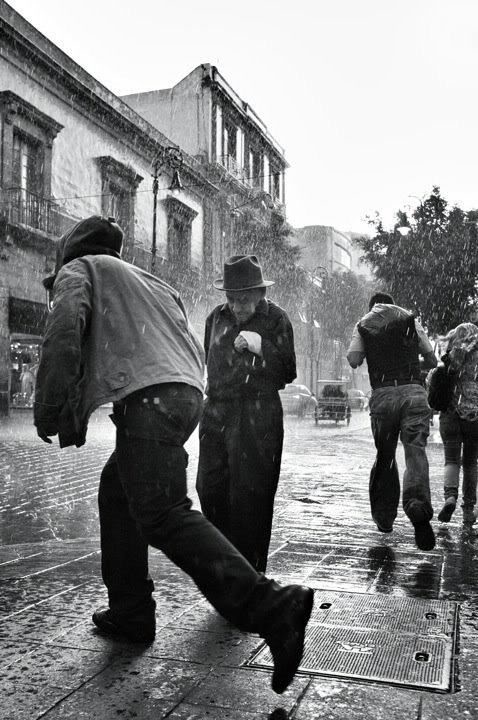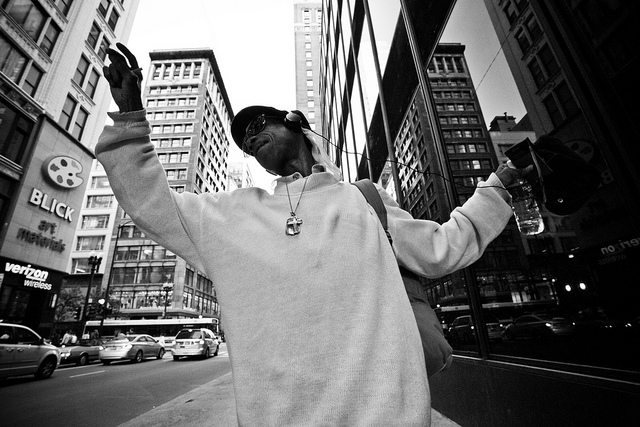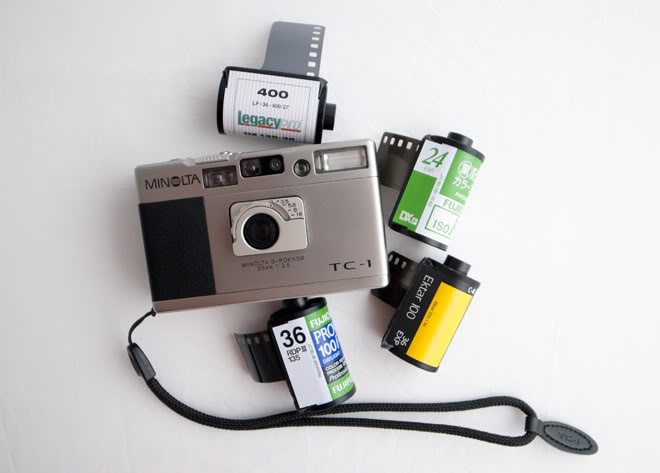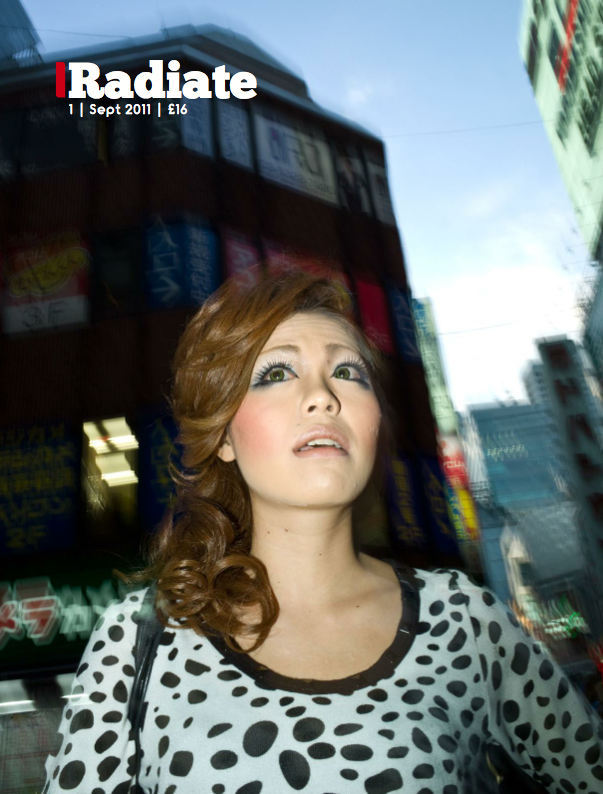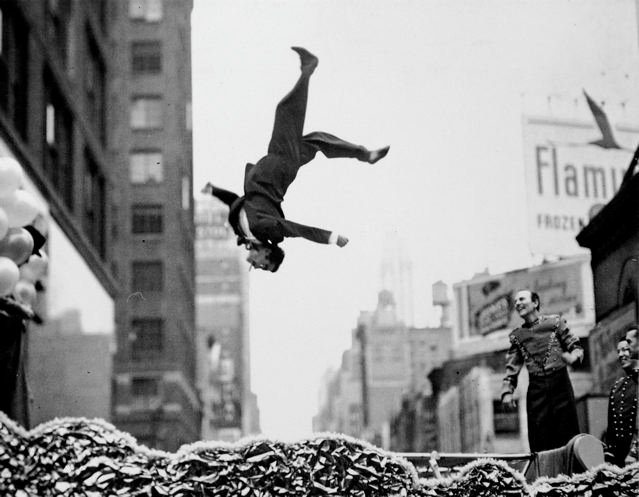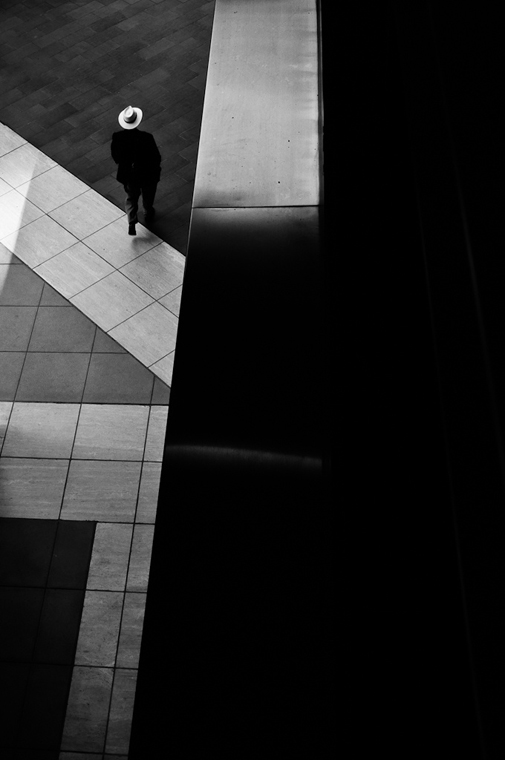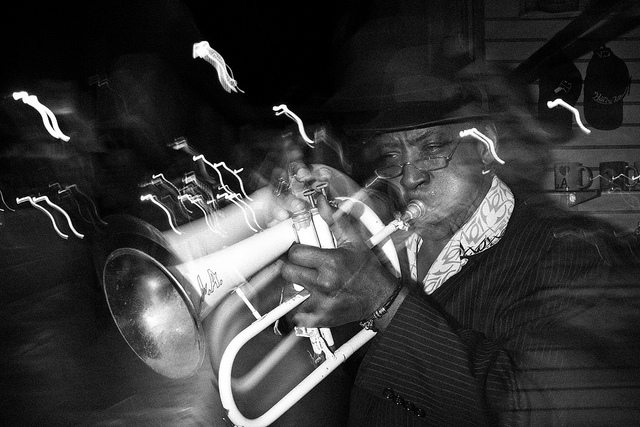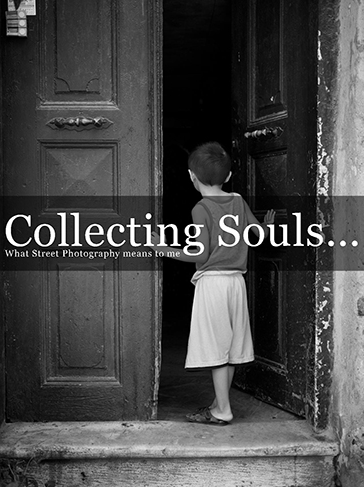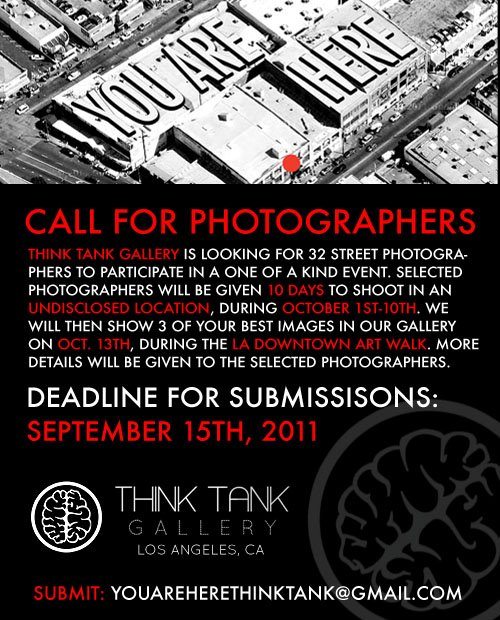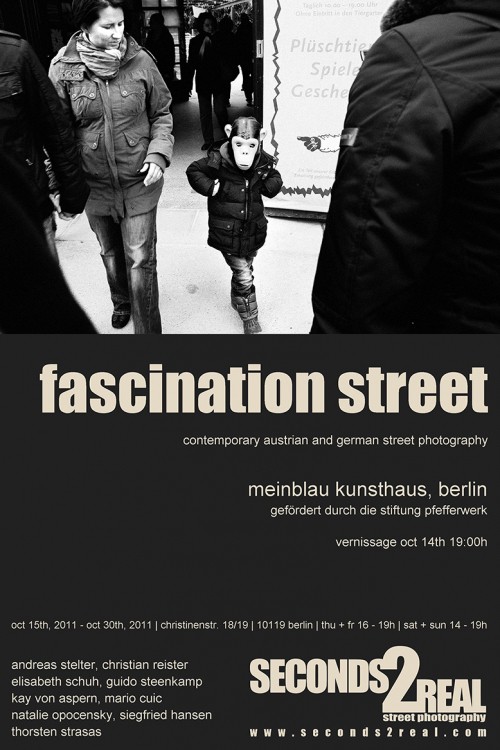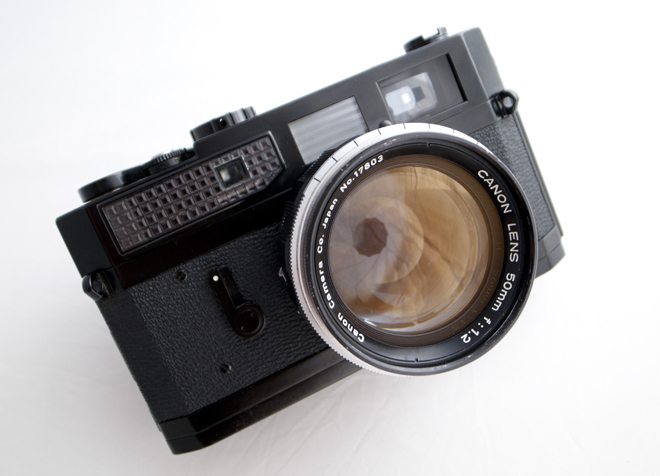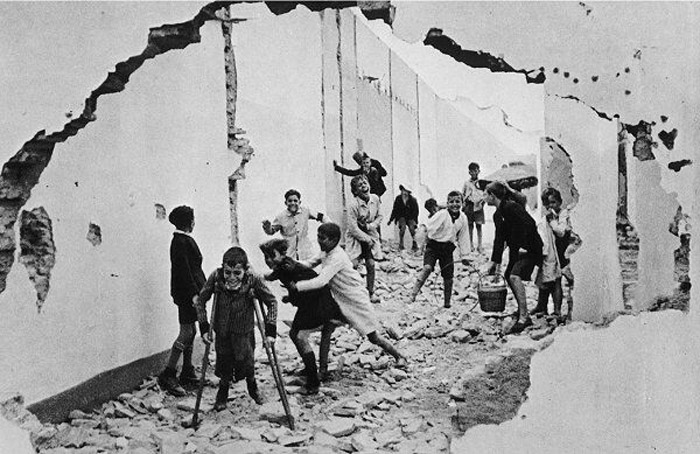My friend Charlie was generous enough to provide this article to discuss how he shoots street photography with a flash with his film Leica MP. Also if you haven’t yet, check out his documentary on Uchujin’s blog!
I thought I should write a short piece about using a flash for street photography. I don’t profess to be an expert on the technical side, so this is simply a few paragraphs about how I shoot and what I have learnt. I am writing from the perspective of a Leica MP user, although a large part of this will apply to anyone that wants to shoot flash manually.
Shutter Speed
The Leica MP has a flash sync speed of 1/50th of a second. What this means is that the shutter speed must be set to 1/50 or slower – otherwise, for complicated and boring reasons, black bands appear on (I think) the left hand side of the photo. Practically this is a limitation. The background will likely blur unless the photographer has a steady hand. I tend to try to shoot at 1/50th as much as possible to avoid this. Shooting at less will increase the blur. While some people might want this, I ï¬nd it distracting – especially in a city like Tokyo where what happens is that you will get a lot of light trails. But I’d encourage everyone to experiment.
ISO
As with non flash photography, I select the ISO according to the time of day and weather. The thing to remember with ISO (and aperture) is that these settings affect the distance that the flash can ï¬re. The lower the ISO the weaker the flash will be. Therefore to shoot in the day a very strong flash (ie one with a high guide number) is required. I use the Nikon SB900. The other problem with shooting in the day is that the photographer is constrained by the slow sync speed. Therefore, it’s usually necessary to close down the lens to f/22 to accommodate for the slow shutter speed.
Aperture
I tend to want to have as much depth as ï¬eld as possible to account for focusing errors. The fastest I will shoot at is f/8, and I’ll only do this to let in more ambient light. The more closed down the lens the weaker the flash power.
Approach
The general point to remember is to take a meter reading ï¬rst, setting the shutter speed to 1/50th. For example, on a sunny day:
Shutter speed – 1/50th (constrained by x-sync).
ISO 50
Aperture – f/11 – f/22
After this, I’ll underexpose the ambient by a stop or two for a more dramatic look. So, if the meter reads f/11, I would set to f/16.
Then I’ll enter the ISO and the aperture into the flash and see what distance it gives me. For my flash this will be about 1-2 meters. This means that my subjects need to be at the distance from the camera that is showing on the back of the flash. If I want to take a picture of a subject that is further away, I can zoom the flash, which sometimes might get me an extra meter or two.
I take the same approach at night, although I care less about the ambient light as often the background is just black sky. The other difference at night is that the ISO will be 1600.
This means that the flash reading will probably be around 5 or 6 meters. So I reduce the flash power to give me a 1 meter or so reading.
A couple of ï¬nal points
I’m no technical expert, but one thing I have noticed is that the flash tends to freeze subjects when they are closer to the camera. This is important as a 1/50th shutter speed will not freeze them. But when subjects are close it is very important to get the flash power correct, otherwise subjects will be under or overexposed. Underexposure is very common due to the inverse square law (light falls off more quickly the closer the flash is to the subject).
The other point to note about the inverse square law is that it is very hard to light multiple subjects at different distances from the camera with one flash, especially where the nearest subject is close to the camera. The only way around this is to bounce the flash off the ceiling, use more than one flash, spread the flash beam (if you have that setting) or shoot when the nearest subject is a bit further away.
So that’s about it. Please let Eric know if you have any questions.

